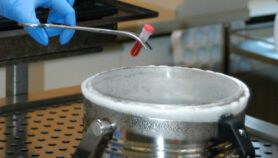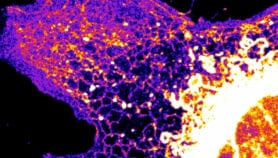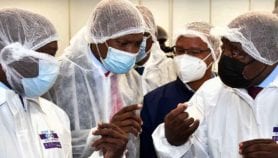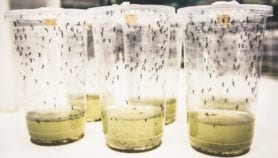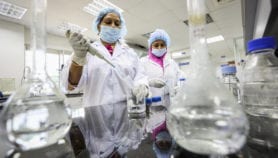By: T.V. Padma
Send to a friend
The details you provide on this page will not be used to send unsolicited email, and will not be sold to a 3rd party. See privacy policy.
[TURIN, ITALY] Science is struggling to keep up with the increasing worldwide demand for rigorous tests for genetically modified organisms, the fourth EuroScience Open Forum, in Turin, heard yesterday (6 July).
Testing for the presence of very low levels of genetically modified organisms (GMO) in foods is posing several challenges, from choosing appropriate sampling procedures and detection methods to resolving uncertainties in the interpretation of results, especially those close to permitted levels, experts said.
The development and cultivation of genetically modified (GM) crops is on the rise with about 125 million hectares planted in 25 countries in 2008. But approval processes for marketing GM products vary from country to country, which affects the international trade in foods.
"There are difficulties in coming up with a detection method that is applicable across all laboratories," said Emilio Rodrigues Cerezo, a researcher at the Institute for Prospective Technological Studies, Spain. This means that although some countries, such as those in the European Union (EU), have banned the import of GMOs, small levels could still reach them from countries with more relaxed testing methods.
Countries worldwide are increasingly calling for reliable and comparable testing and approval processes, which are difficult to achieve, experts said at the meeting.
"The theory of GMO testing has been developed but its actual practice is proving to be challenging," Guy van den Eede, a researcher at the EU’s Joint Research Council, told SciDev.Net.
Claudia Paoletti, a senior scientist at the GMO unit of the European Food Safety Authority, said that more research is needed on the genetic variations that can occur within samples of specific GM products, which requires complicated sampling protocols which themselves create various sampling errors.
"It is not only important to know how many samples are being tested but also how they have been taken," Paoletti said. "We need to find the balance between good science and time and financial constraints."
Arne Holst-Jensen, a researcher at the National Veterinary Institute, Norway, said that GMO testing can detect the modified genetic material, the protein the new gene codes for, or how that protein is expressed as a specific trait.
But even if a gene is present it does not always produce the target protein — or it can produce varying amounts of the protein, which might not manifest themselves in a detectable trait, Holst-Jensen said.



